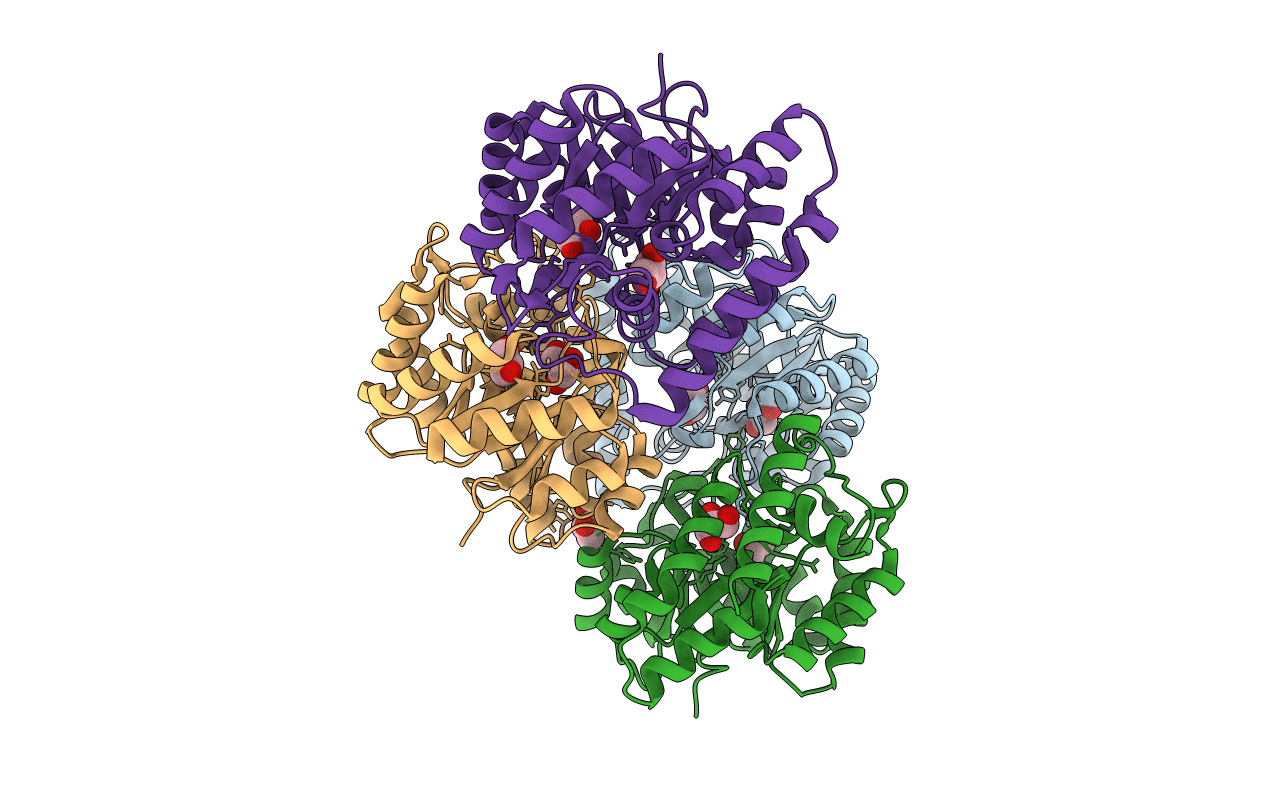
Deposition Date
2008-05-29
Release Date
2008-08-05
Last Version Date
2023-11-01
Entry Detail
PDB ID:
3DAQ
Keywords:
Title:
Crystal structure of dihydrodipicolinate synthase from methicillin-resistant Staphylococcus aureus
Biological Source:
Source Organism:
Staphylococcus aureus (Taxon ID: 282458)
Host Organism:
Method Details:
Experimental Method:
Resolution:
1.45 Å
R-Value Free:
0.16
R-Value Work:
0.13
R-Value Observed:
0.13
Space Group:
P 1


